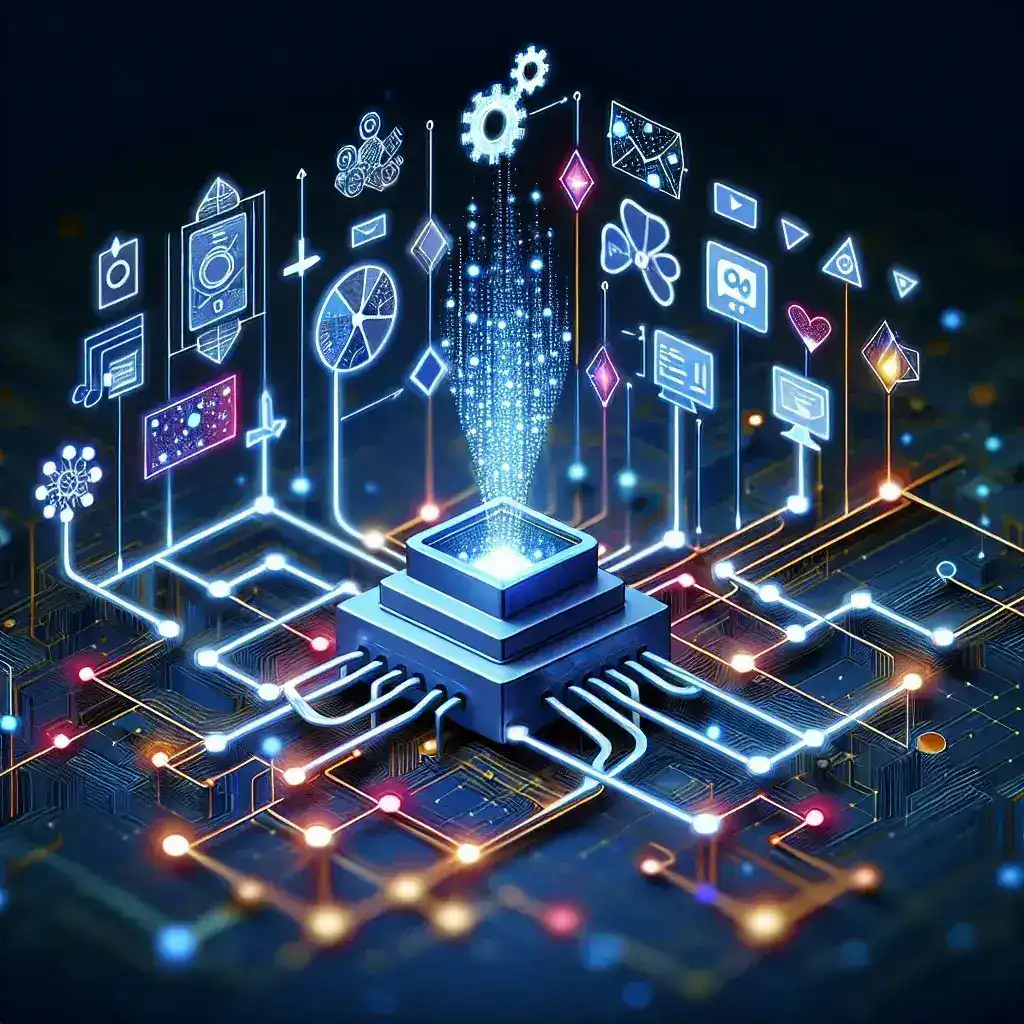In the ever-evolving field of 3D modeling and CAD (Computer-Aided Design), technological advancements play a crucial role in enhancing productivity, accuracy, and overall design quality. One such revolutionary innovation is the integration of variable opacity layers in monitors. This cutting-edge technology is transforming the way designers and engineers visualize and interact with their models, offering numerous benefits that streamline and elevate the entire design process.
Understanding Variable Opacity Layers
Variable opacity layers refer to the ability of a display screen to adjust the transparency of certain elements or layers within a design. This technology allows users to seamlessly view and manipulate different components of a 3D model or CAD drawing without losing context or clarity. Here is a brief overview of how this technology works:
| Feature | Description |
|---|---|
| Adjustable Transparency | Users can modify the transparency levels of specific layers to focus on particular details or sections of the design. |
| Layer Isolation | Enables the isolation of different design layers for detailed analysis and modifications. |
| Enhanced Visualization | Improves the ability to visualize complex models by adjusting visibility settings. |
Benefits of Variable Opacity Layers in 3D Modeling and CAD
Improved Visualization
One of the primary advantages of monitors with variable opacity layers is the significant improvement in visualization. Traditional 3D modeling and CAD work often involve dealing with intricate designs that can be challenging to interpret on conventional displays. The ability to adjust opacity allows designers to:
- Focus on specific parts of the model without the distraction of other elements.
- Easily identify and rectify design flaws or inconsistencies.
- View complex assemblies in a more comprehensible manner.
Enhanced Precision and Accuracy
Precision is paramount in both 3D modeling and CAD. Monitors with variable opacity layers contribute to enhanced accuracy in several ways:
- Isolating individual layers or components aids in detailed inspection and refinement.
- Improved visibility of internal structures ensures that all aspects of the design are thoroughly checked.
- Reduces the likelihood of errors that might be overlooked on standard monitors.
Streamlined Workflow
The efficiency of the design process is greatly enhanced through the use of variable opacity layers. Designers and engineers benefit from:
- Reduced need for physical prototypes, as detailed virtual models can be scrutinized more effectively.
- Quicker identification and correction of issues, speeding up the iterative design process.
- Improved collaboration, as different team members can focus on relevant sections of the design with greater clarity.
Facilitates Complex Design Analysis
Complex designs often necessitate a thorough analysis of multiple layers and components. Variable opacity layer monitors support such analysis by:
- Allowing layered views without overwhelming the designer with too much information at once.
- Providing customizable viewing options to highlight specific interactions within the design.
- Enabling side-by-side comparison of different design iterations for better decision-making.
Real-World Applications and Case Studies
Architecture and Construction
In architecture and construction, accuracy and detail are paramount. Monitors with variable opacity layers facilitate:
- In-depth analysis of building plans and structures.
- Efficient communication between architects, engineers, and clients.
- Better visualization of structural integrity and design aesthetics.
Automotive and Aerospace Industries
Designing vehicles and aircraft involves complex assemblies and safety considerations. Variable opacity layers allow:
- In-depth inspection of internal components and systems.
- Identification of potential design flaws before physical manufacturing.
- Enhanced collaboration between different departments and specialists.
Medical Equipment Design
Precision is critical in the design of medical devices and equipment. Monitors with variable opacity layers assist in:
- Detailed visualization of intricate components and assemblies.
- Streamlined prototyping and testing processes.
- Improved accuracy and reliability of final products.
Future Prospects and Technological Advancements
The future of variable opacity layer technology in monitors is promising, with ongoing research and development likely to yield new features and capabilities. Some potential advancements include:
- Higher resolutions and better color accuracy for even more detailed visualization.
- Integration with augmented reality (AR) and virtual reality (VR) for immersive design experiences.
- Improved user interfaces and customization options for enhanced usability.
Conclusion
Monitors with variable opacity layers are revolutionizing the fields of 3D modeling and CAD by providing enhanced visualization, precision, and workflow efficiency. As technology continues to advance, these monitors are poised to become indispensable tools for designers and engineers across various industries. By embracing this innovation, professionals can achieve higher levels of accuracy, streamline their workflows, and ultimately produce superior designs.




